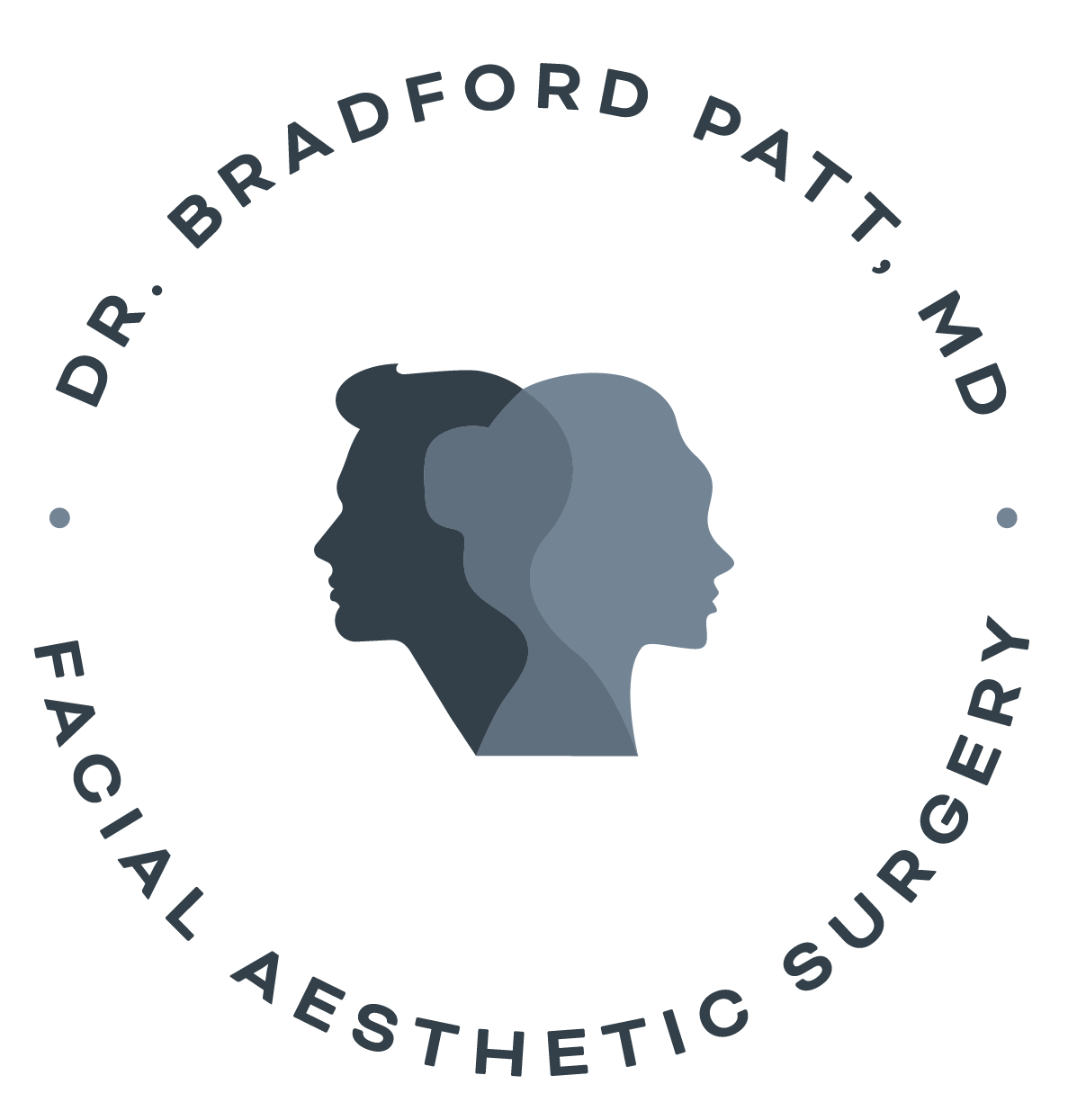Skin Tightening Therapy in Houston: Ultherapy
Lift & Tighten Your Skin with Ultherapy
Loose skin. It’s unavoidable. Collagen, the protein responsible for keeping skin tight and wrinkle-free, starts to deteriorate as we age. Smoking and frequent exposure can also accelerate the aging process. This breakdown of collagen causes the loss of skin elasticity and strength which leads to unsightly wrinkles on the brow, lines on the neck and chest, and sagging skin under the chin.
SkinMedica TNS Advanced + Serum
SkinMedica TNS Advanced + Serum combines two powerful blends that work together for the best comprehensive results. Plus, it's the only growth factor product proven to address sagging skin.
While loose skin doesn’t affect our physical health, it can be devastating to our self-esteem and mental well-being. Fortunately, there are several skin-tightening treatments available to battle sagging skin:
Facelift Surgery
While facelift surgery is very effective, it’s also very invasive. It involves local anesthesia at the very least and is often performed with the patient under sedation or under general anesthesia. After the patient is anesthetized, the surgeon makes incisions in front of the ear and into the scalp. The skin is released from the underlying muscle and fat and is pulled upward and toward the back of the head. This causes the skin to tighten and the appearance of wrinkles in the face and neck to be reduced. The surgeon may also remove fat from under the chin during this process. After the skin is pulled and re-draped, excess skin is trimmed and sutures or staples are used to close the incisions.
As you may suspect, the recovery from facelift surgery can be lengthy due to the invasive nature of the surgery. Sometimes it’s necessary to place a drain behind the ear for up to two days to aid in the draining of excess blood and fluids. It may be necessary to take prescription pain medications for several days to stay on top of the pain. Bruising and swelling are usually at their worst around day three or four but some light bruising and swelling could last several weeks. After two weeks patients are usually ready to return to work and light activity.
After four weeks most patients are cleared for more rigorous activity. Signs of the surgery are minimal at this point and most people will notice few, if any, indications that the work was performed. The incision sites may still be red at this point but the redness will diminish as time goes on.
Facial Injections
Facial injections can be used to temporarily reduce wrinkles by injecting various materials in certain areas of the face. There are many different types of substances used as the filler; some are naturally occurring in the human body, some are extracted from animals, and some are synthetic.
Injections are fairly temporary and can last anywhere from a month to nearly a year depending on the material used as the filler and the location of the injections. Several treatments are recommended for best results.
Laser Resurfacing
Laser resurfacing is a method that can result in very mild skin tightening in the upper layers of the skin. Resurfacing is just as it sounds - the procedure removes the top layer of the skin causing new, fresh skin to grow in its place. However, it can take several weeks to fully recover from the process. Redness of the treated area can last for several months.
Laser therapy can be fairly intense and most care providers will recommend anesthesia or sedation. Pain killers are usually necessary for the first few days of recovery as well. A mask bandage is generally required for the first few days following the procedure.
Laser resurfacing isn’t recommended for those with a darker skin tone. The intense heat from the laser can cause changes in the skin’s pigmentation and there could be an obvious difference in treated areas vs. non-treated areas.
Radio Frequency Therapy
Radio frequency (RF) therapy uses electricity to heat the skin from the inside out. This is much less invasive than using light energy (laser) to heat the skin from the outside in. This results in much less downtime after treatments when compared to laser treatments and traditional facelift surgery.
Slight tightening will be seen almost immediately after treatment as the collagen in the skin is stimulated by the RF energy. Tightening will continue as time goes on since it also stimulates the growth of new collagen in the lower layer of the skin.
Ultrasound Therapy
Ultrasound therapy uses focused micro-sound waves to heat the skin at three different depths, including the deepest layer (the superficial musculoaponeurotic system or “SMAS”). Similar to radio frequency, it stimulates the collagen in the upper layers of the skin which may result in immediate results. However, since it can also target the SMAS, the real results are evident two to three months after treatment as new collagen is produced deep in the skin.
While ultrasound therapy won’t quite produce the same results as a traditional facelift, it’s a great, non-invasive alternative for those who are not ready to commit to the time, cost, or discomfort of surgery. Not only do results from ultrasound therapy last a long time (up to two years) they also improve over time.
One brand of ultrasound therapy on the market today, Ultherapy, is FDA-cleared. Let’s explore what makes therapy better than other skin tightening procedures.


